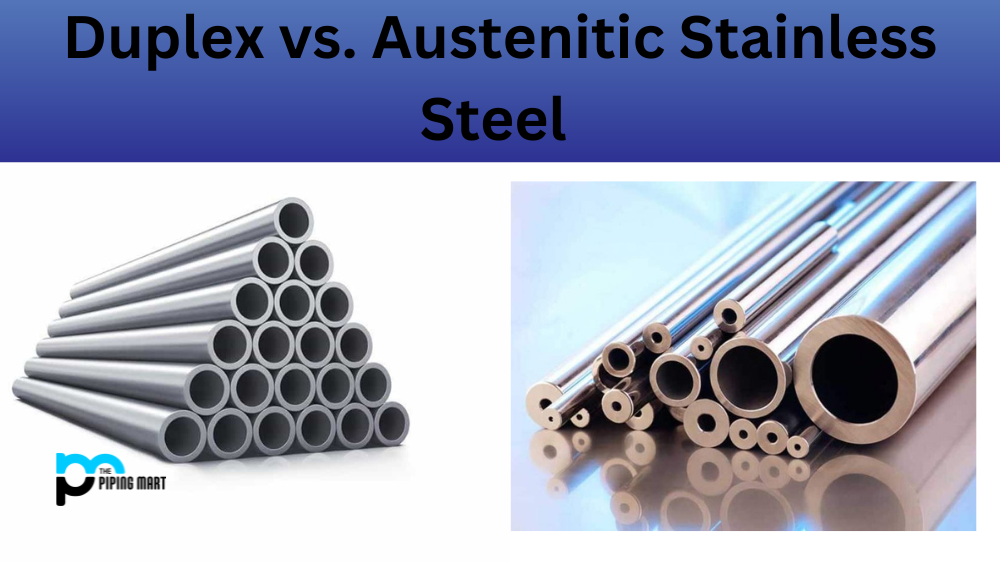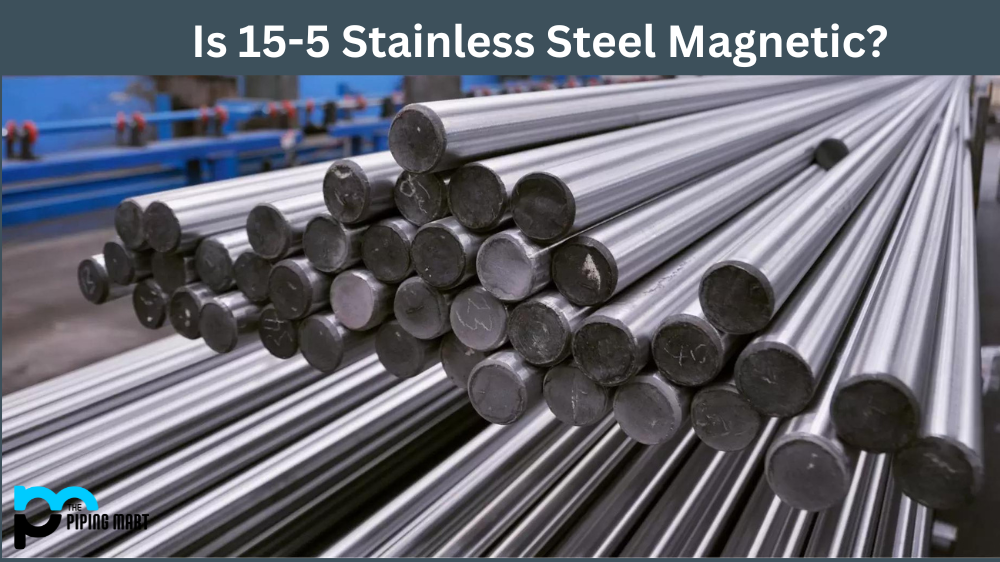When it comes to stainless steel, there are two main categories: duplex and austenitic. While both types of steel have a range of benefits and uses, they also have some significant differences that should be taken into consideration when deciding which type is best for a particular application. Let’s take a look at duplex vs. austenitic stainless steel and compare their properties side by side.
Duplex vs. Austenitic Stainless Steel Properties
The most obvious difference between a duplex and austenitic stainless steels is their composition. In general, duplex steels are typically composed of around 22% chromium and 5% nickel, while austenitic steels contain approximately 18% chromium and 8% nickel. This difference in composition gives each type of steel its own unique set of properties.
For instance, compared to austenitic stainless steels, duplex steels generally offer higher strength and better corrosion resistance due to their increased chromium content. This makes them ideal for applications that require superior performance under extreme conditions or in harsh environments. Additionally, the increased nickel content in austenitic stainless steels helps make these materials more ductile than their duplex counterparts, making them better suited for applications where flexibility is desired or needed.
Another major area of difference between a duplex and austenitic stainless steels involves welding processes used for each type of metal. Due to its higher carbon content, welding on duplex steel can be more challenging than on austenitic steel because it requires special welding techniques to avoid cracking or other damage during the process. On the other hand, welders may find the lower carbon levels in austenitic steel make it much easier to work with than its counterpart. However, this benefit is counterbalanced by the fact that welds on austenitic steel tend to be weaker than those on duplex steel after they cool off from being heated up during the welding process.
Duplex vs. Austenitic Stainless Steel uses
- Duplex stainless steel is a type of stainless steel that contains both austenitic and ferritic microstructures.
- Austenitic stainless steel is a type of stainless steel that contains austenite, which is a form of iron that is non-magnetic.
- Duplex stainless steel is stronger than austenitic stainless steel and is more resistant to corrosion.
- Austenitic stainless steel is more ductile than duplex stainless steel and can be welded more easily.
- Duplex stainless steel is typically used in applications where high strength and corrosion resistance are required, such as in the oil and gas industry.
- Austenitic stainless steel is typically used in applications where ductility and weldability are required, such as in the food and beverage industry.
Conclusion:
When it comes down to it, choosing between Duplex and Austenitic Stainless Steel depends largely on your specific requirements for strength, corrosion resistance, ductility, weldability, etc. Each type has advantages and disadvantages over the other depending on how you intend to use it in your project; however, if you need superior strength or corrosion resistance, then Duplex Stainless Steel would probably be your best bet as it offers significantly better performance in these areas compared to Austenitic Stainless Steel. Ultimately though – only you can decide which type would work best for your specific application!

Pipingmart is a B2B portal that specializes in metal, industrial and piping items. Additionally, we share the latest information and information about materials, products and various types of grades to assist businesses that are involved in this business.




